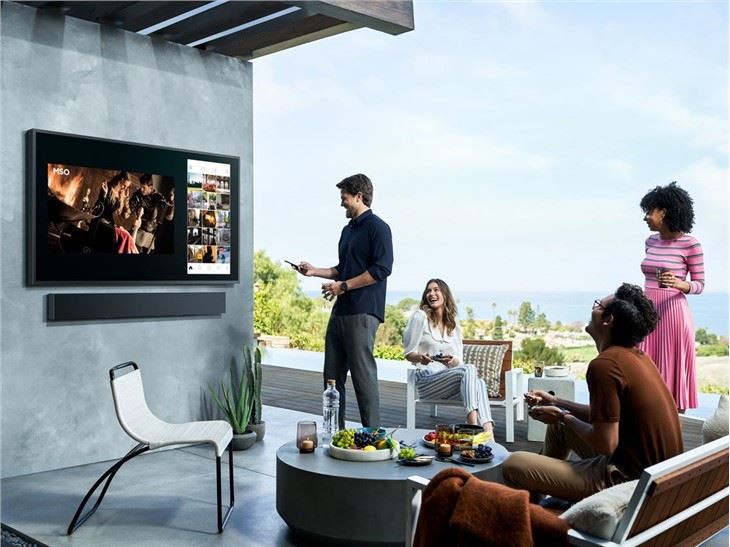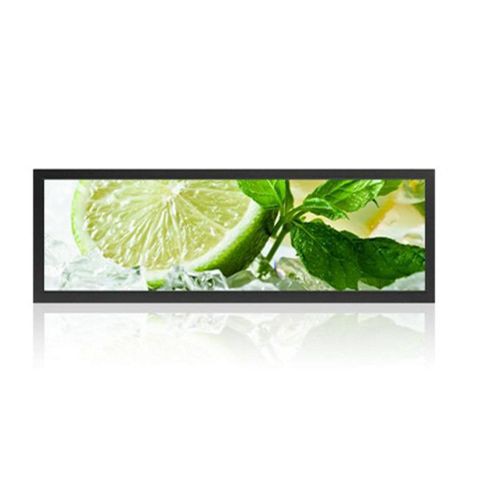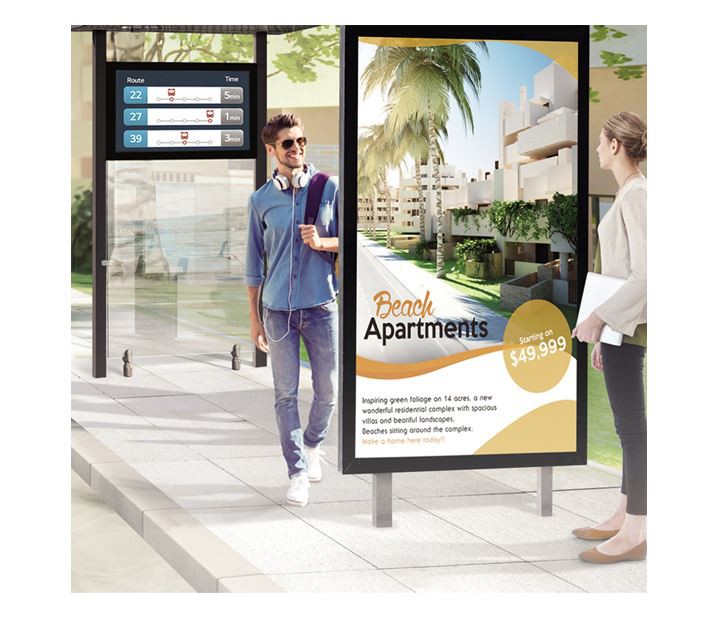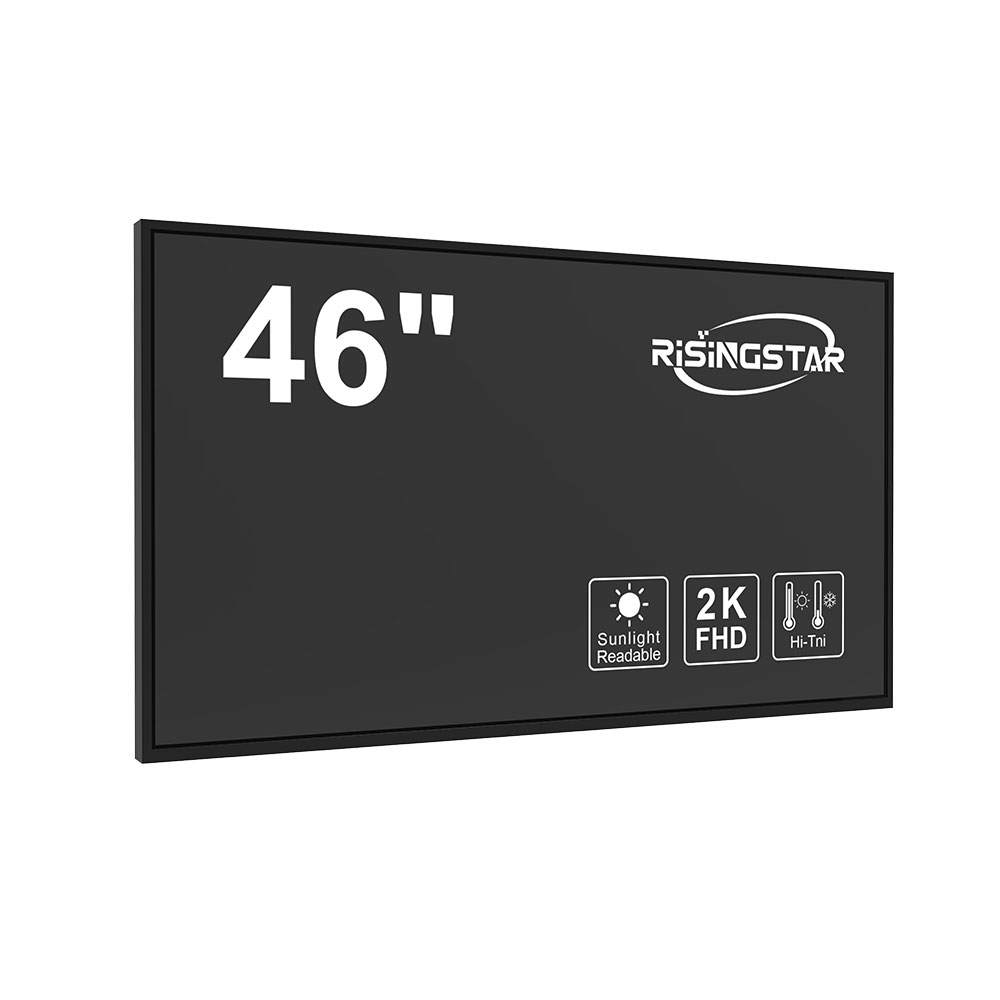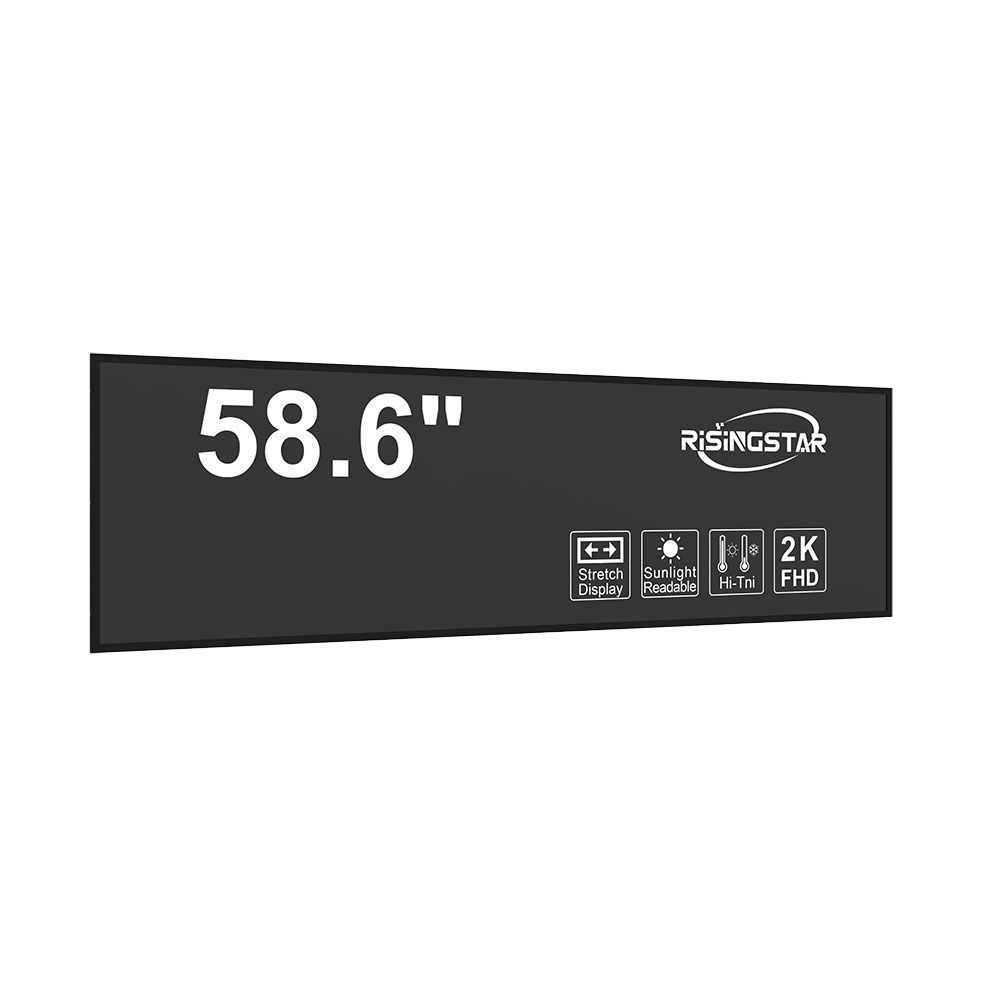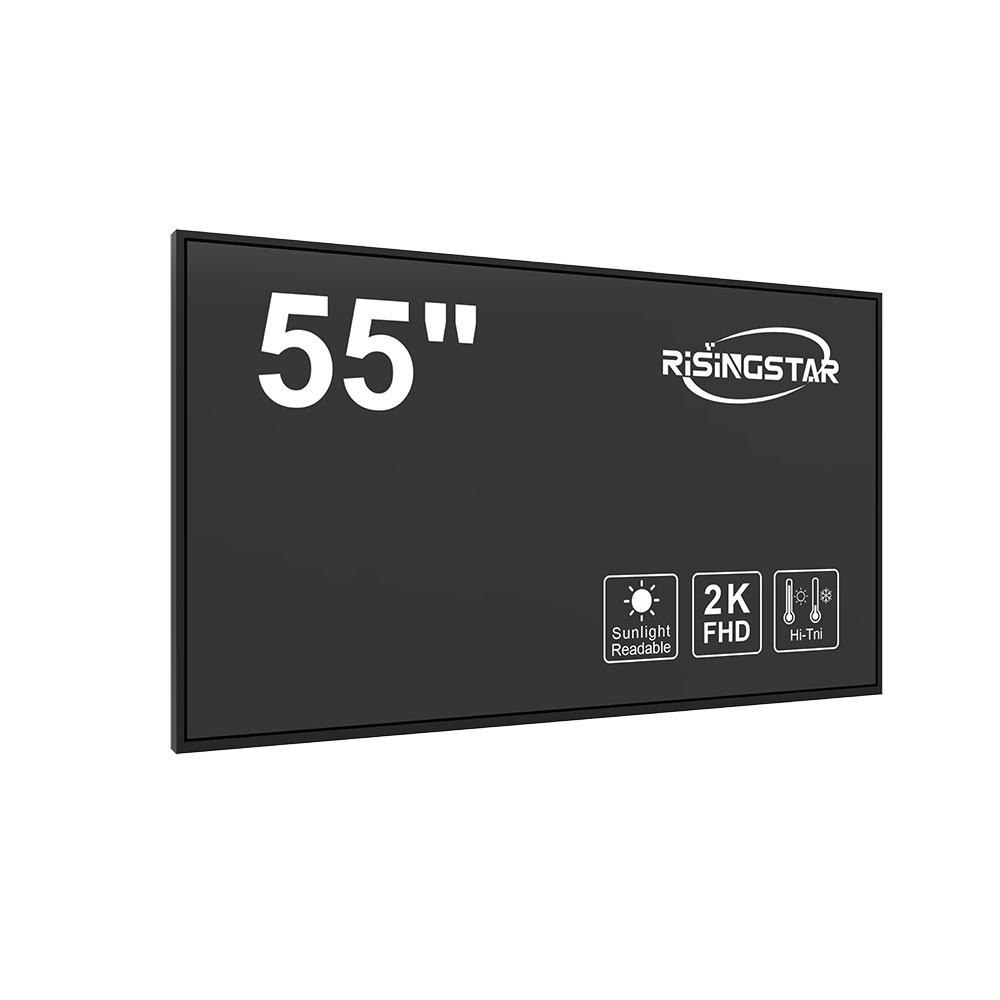High-brightness sunlight-readable LCD screens are a critical advancement in display technology, specifically engineered to maintain visibility under intense outdoor lighting conditions. Unlike standard LCDs that often become unusable in direct sunlight due to glare and reduced contrast, these specialized displays employ advanced optical coatings, high-luminance backlighting, and optimized panel architectures to ensure readability even at 10,000 lux or higher ambient light levels—a common intensity found in midday sun.
The core of sunlight-readable LCD performance lies in luminance. Industry standards such as ISO 9241-3 define brightness requirements for user interfaces, with sunlight-readable displays typically rated above 5,000 cd/m² (candelas per square meter), far exceeding the ~300–500 cd/m² of consumer-grade LCDs. For example, military-grade systems like those used in U.S. Army tactical vehicles (per MIL-STD-810) often require displays with peak brightness up to 10,000 cd/m². These specifications are not just about raw brightness—they also demand consistent color accuracy, wide viewing angles, and fast response times, all crucial for operational clarity in field environments.
Technological innovations drive this capability. Modern high-brightness LCDs use LED backlights with dynamic dimming control, allowing power efficiency without sacrificing brightness. Some models incorporate ambient light sensors that auto-adjust brightness based on environmental conditions—ideal for solar-powered devices like weather stations or portable GIS units. Additionally, anti-reflective coatings, such as those developed by Corning Inc., reduce surface reflections by over 90%, while polarized films enhance contrast ratios, ensuring text and graphics remain sharp even when viewed from oblique angles.
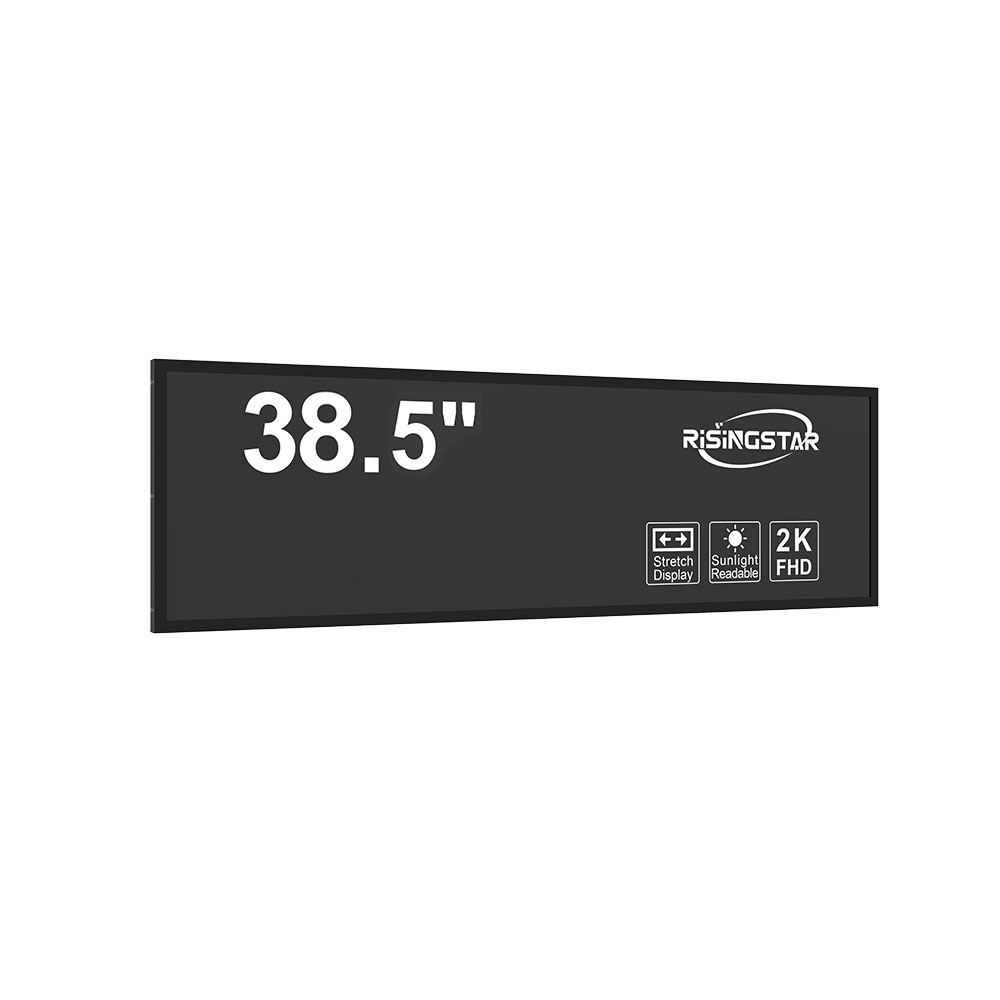
Case studies reinforce the real-world impact. In a 2022 deployment by the City of Phoenix Public Works Department, high-brightness sunlight-readable LCDs were installed on traffic management kiosks. These units operated reliably in desert heat and full sun exposure for over two years, outperforming traditional displays that degraded after six months due to overheating and screen washout. Similarly, medical device manufacturers like GE Healthcare have adopted these screens for emergency ambulances, where paramedics must read diagnostic data quickly under bright daylight or vehicle headlights.
From an engineering standpoint, materials matter. High-brightness LCDs utilize ruggedized glass substrates and sealed enclosures to resist moisture, dust, and vibration—key for applications in construction sites, maritime vessels, and agricultural equipment. Compliance with IP65 or IP67 ratings ensures durability in harsh environments, while thermal management solutions like passive heatsinks prevent internal temperature spikes during prolonged outdoor use.
These displays are no longer limited to defense and industrial sectors. Consumer electronics, including automotive infotainment systems (e.g., Tesla Model Y’s 15-inch touchscreen) and handheld GPS units (Garmin’s Foretrex series), now routinely feature sunlight-readable capabilities. This democratization is driven by falling costs of high-brightness LEDs and improved manufacturing scalability, making them viable for mass-market adoption.
In conclusion, high-brightness sunlight-readable LCDs represent a convergence of optics, materials science, and human factors engineering. Their design balances visibility, reliability, and energy efficiency—making them indispensable across transportation, healthcare, infrastructure, and consumer markets. As segnaletica digitale all'aperto grows globally (projected to reach $14 billion by 2027, per Statista), this technology will continue to evolve, powered by emerging innovations in micro-LEDs, quantum dot enhancement, and AI-driven adaptive brightness algorithms.



